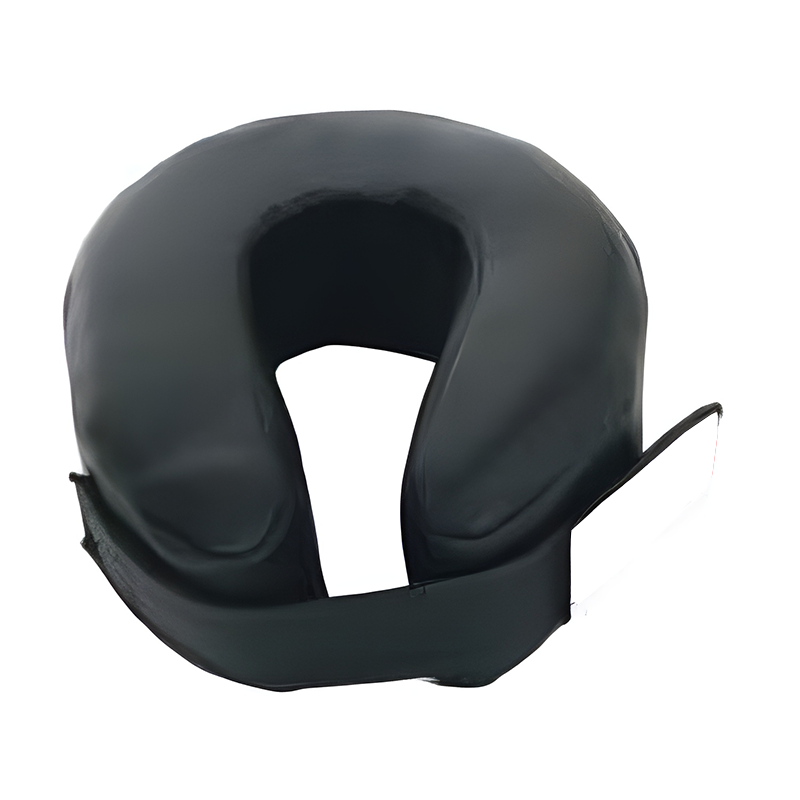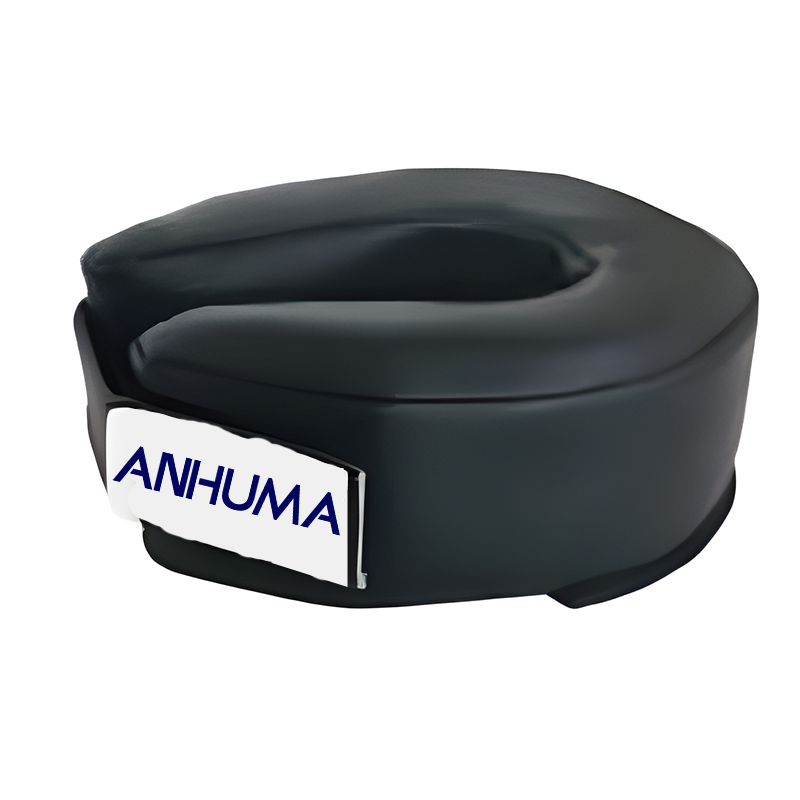Horseshoe Foam Headring – Premium Medical Head Support Cushion for Surgical Procedures
Product Overview:
The Horseshoe Foam Headring is a specialized medical positioning device designed to provide exceptional head and neck support during surgical procedures. Crafted from high-density, medical-grade foam, this headring offers optimal pressure distribution to prevent pressure sores and ensure patient comfort and safety. Its unique horseshoe-shaped design allows for easy placement and adjustment, stabilizing the patient’s head to minimize movement and reduce the risk of nerve damage.
Key Features:
-
Ergonomic Horseshoe Design: Provides stable and precise head positioning, supporting critical surgical alignment.
-
High-Density Medical-Grade Foam: Ensures soft yet durable cushioning that adapts to individual patient contours for enhanced comfort.
-
Lightweight and Easy to Handle: Facilitates quick adjustments during surgeries without adding bulk or weight.
-
Excellent Pressure Distribution: Reduces risk of pressure ulcers by evenly dispersing weight over the head surface.
-
Durable and Cost-Effective: Maintains shape and support over time, offering long-term value.
-
Easy to Clean and Sterilize: Compatible with standard sterilization processes to maintain hygiene and safety.
Applications:
Ideal for neurosurgery, orthopedic, and ophthalmic surgeries, where precise head stabilization is critical for successful outcomes.
Why Choose Foam Over Gel?
Compared to gel headrings, foam offers lighter weight, better durability, no leakage risk, and superior comfort during long procedures—all at a more affordable price point.
Specifications:
-
Material: High-density medical foam
-
Shape: Horseshoe
-
Sizes: Available in multiple sizes or custom orders
-
Sterilization: Compatible with common sterilization methods




Reviews
There are no reviews yet.